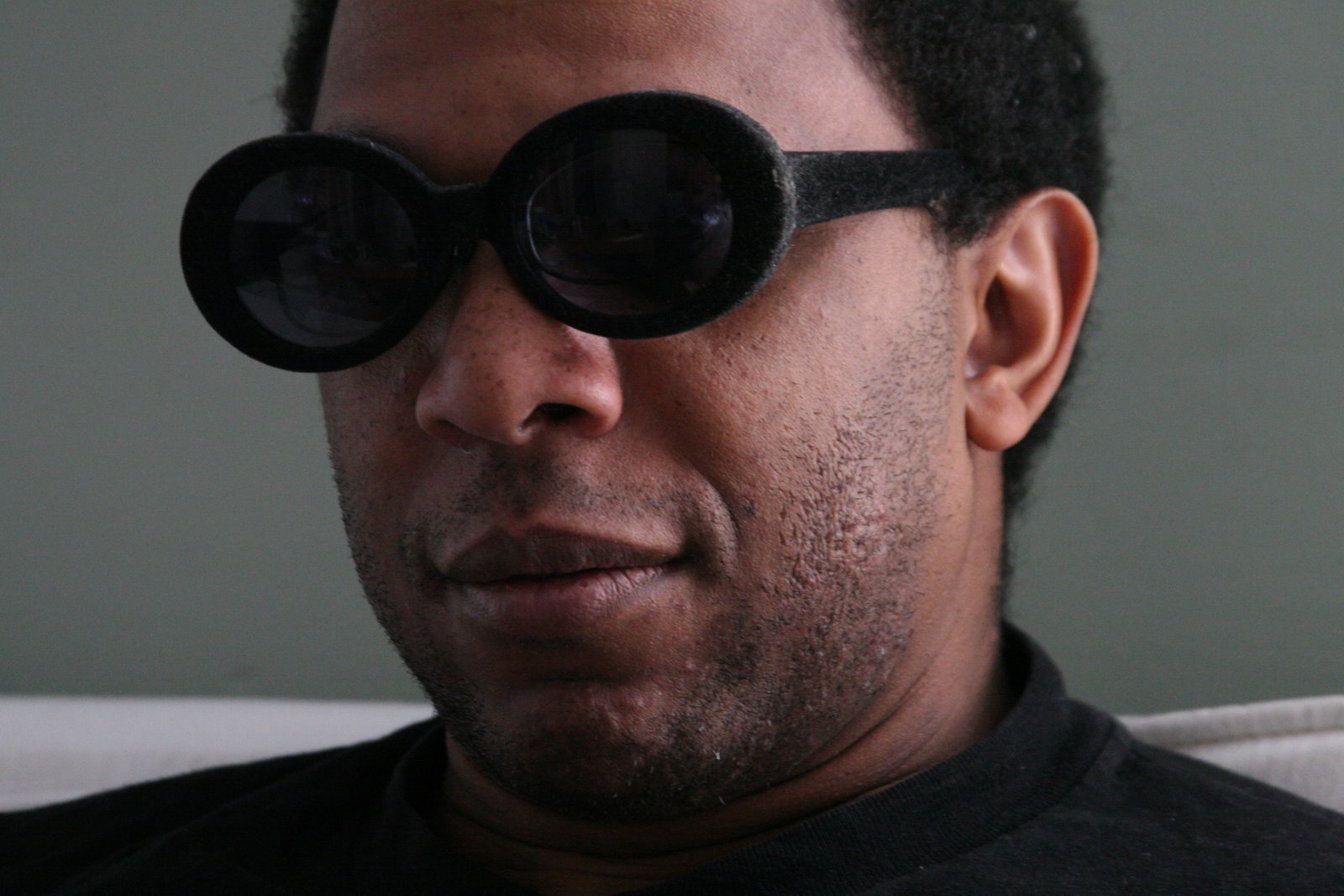RAUSCHENBERG/WARHOL
by Charlie Finch
In 1962, Michael and Ileana Sonnabend took Robert Rauschenberg for his first visit to Andy Warhol’s studio. There on the wall, Rauschenberg saw something he had never seen before: Silkscreened paintings. He asked Andy, "Where do you send out to have those done?" Andy, terrified that Bob would steal his processes, hemmed and hawed.
"I’ve seen those before," Rauschenberg commented, looking at Andy’s silkscreened Coca-Cola bottles, an obvious steal of the Coke bottles Rauschenberg had employed in his Combines five years before. Generously, Rauschenberg suggested that Warhol leave some blank white space in the midst of his Coca-Cola frieze, an idea Warhol ignored. Rauschenberg merely went back to his studio, and immediately produced hundreds of silkscreen works.
Rauschenberg and Warhol were contemporaries, born three years apart, but Bob preceded Andy by a decade in the fine arts realm (Andy made his living as a commercial artist during the ‘50s) and, of course, Warhol predeceased Rasuchenberg by 20 years. Still, neither quite escaped the other’s protean shadow. Both arrived in New York from the coarse world of outland America, one in which, as Virgil Thomson, who grew up in Kansas City, wrote, "A young man can find violence if he wants it anywhere down the street."
Rauschenberg was Jack Daniels, a mess of mellow impressions dancing off each other. Warhol was Obitrol: speed, whip dances, car crashes, dead celebrities, getting shot. Bob was the kind of young gay male who outshone his hetero contemporaries in physical beauty and prodigious talent. Andy was leather and silver, drag and drugs. Each hosted all-night parties, at Bob’s Lafayette Street digs and Andy’s silver Factory, Bob jumping into the fray, Andy coldly observing. A natural homebody, Warhol forced himself to travel the world in imitation of Bob, while Bob created his own Factory on Captiva Island.
As he struggled to make it in the ‘50s, Warhol envied Rauschenberg his ease, sociability and good looks. There is no evidence that Rauschenberg envied Warhol’s market dominance, but art critics did it for him, as even today’s obituaries by Michael Kimmelman and Christopher Knight spotlight the unevenness and visual confusion of Rauschenberg’s body of work.
The ebb and flow of influence between Warhol and Rauschenberg was a lifelong phenomenon, beginning in the distant past when studio praxis outstripped prices and branding as the goal of contemporary art. Warhol’s last work, full of grocery brands mixed with images of Jesus, embraced Rauschenberg’s diffuseness. And Rauschenberg’s iconic screens of John and Robert Kennedy would have been impossible without the precedence of Andy’s celebrities.
Sifting through the art-filled maws of these two departed geniuses, perhaps some curator will cherry-pick further concordances between them, for Warhol and Rauschenberg were polymaths who embraced the fullness of the world. Jeff Koons, sending out his assistants to Toys "R" Us to buy a lobster or a balloon, seems small by comparison.
CHARLIE FINCH is co-author of Most Art Sucks: Five Years of Coagula (Smart Art Press).
Wednesday, May 14, 2008
Subscribe to:
Post Comments (Atom)

No comments:
Post a Comment